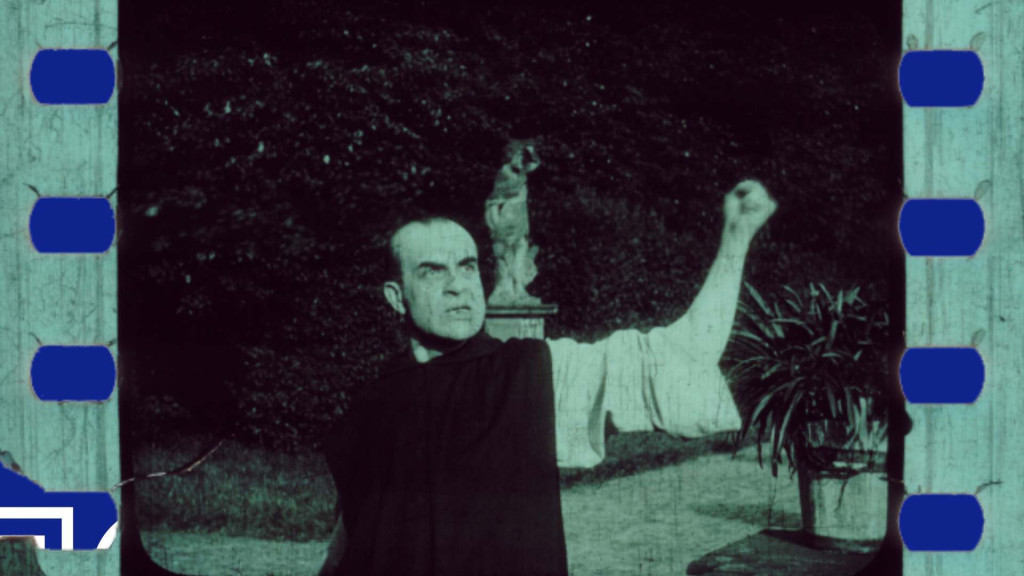SEMIA
SEMIA (The Sensory Moving Image Archive) researches which technical tools are needed to enable creative users and researchers to explore and reuse digitised heritage collections based on visual characteristics such as light and color, shape and movement.
SEMIA (The Sensory Moving Image Archive) researches which technical tools are needed to enable creative users and researchers to explore and reuse digitised heritage collections based on visual characteristics such as light and color, shape and movement.

Searching in heritage collections has been mainly focused on descriptive metadata. Not only do these restrict users to searching collections by way of prior interpretations, they also ignore features that are essential to their experience of heritage objects. One set of characteristics that are insufficiently captured by descriptive metadata are sensory ones, e.g. visual features such as light and colour, shape, or movement. Access to collections has also focused primarily on the searchability and retrieval of single items, while lasting heritage experiences, but also innovative research, require methods for explorative browsing that draw on the relations between discrete items and entire collections.
The use of sensory features, combined with possibilities for explorative browsing, would provide a boost to the practice of those users who seek to creatively repurpose collections: artists, the creative industries, but also researchers. The SEMIA project’s objective is to establish how these groups can explore, navigate and repurpose a specific subset of heritage objects – moving images – by using tools for the analysis (software) and visualization (interfaces) of visual features and relations. In doing so, it will make use of two heritage collections: EYE’s Desmet collection (silent films) and Sound & Vision’s NTS/NOS News broadcasts (1956-present).
Sound & Vision contributes to SEMIA as a data provider with the NTS / NOS broadcasts and is also involved in two work packages.
SEMIA is funded by the NWO Creative Industries: Smart Culture - Arts and Culture research program.
Project partners
University of Amsterdam, Amsterdam University of Applied Sciences, Studio Louter, EYE Filmmuseum